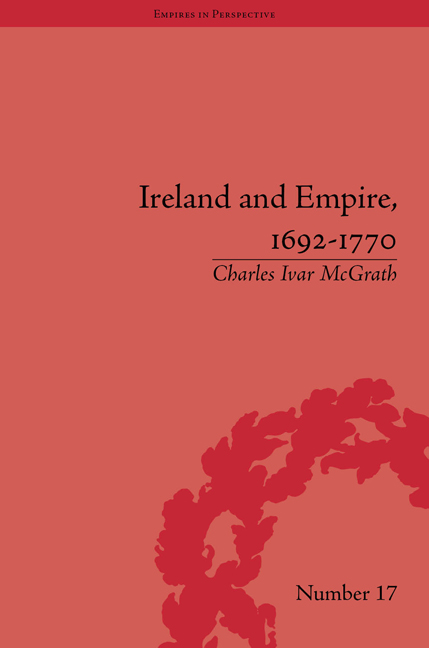9 - The Public Creditors
from Part 3 - Finance
Summary
In order to create and maintain a national debt, there had to be a community of people willing to lend money to government. Such a community required certain assurances, most notably a credible commitment on the part of the government to repay loans, provision against deferment of repayment or default, and a secure tax base for financing interest payments and principal repayments. Such assurances could be provided in a number of ways. In eighteenth-century Britain and Ireland, the essential feature was a representative political institution in the form of a bicameral legislature which assembled on a regular basis, controlled taxation, and functioned primarily on the basis of majority coalition groupings that necessitated compromise and concession. Allied with recognizable and accepted procedures and institutions of executive government, ranging from the long-established Privy Council to the recently professionalized revenue collection service, the apparatus of state provided the credible commitment needed in eighteenth-century Britain and Ireland for a community of public creditors to exist.
There was a reciprocity in the relationship between government and the public creditors. The people who lent money expressed confidence in the apparatus of the state because they attested, in a public manner, to the existence of sufficient assurance, or security, for the safe return of their investment. Ultimately, a national debt tied the community of lenders and the state more closely together in a relationship of mutual dependence that became self-perpetuating. In both Britain and Ireland that relationship extended beyond national boundaries, because the creation and maintenance of a national debt was directly related to the expansion of the British Empire.
Examination of the community of lenders in Ireland provides further insight into the extent to which Ireland played a role in the British Empire in the period 1692–1770. The emerging confidence within the Irish Protestant community in the apparatus of the state as represented by the Irish executive and legislature was most readily demonstrated by the willingness of a section of that community to lend its money to government from 1716 onwards.
- Type
- Chapter
- Information
- Ireland and Empire, 1692–1770 , pp. 197 - 216Publisher: Pickering & ChattoFirst published in: 2014



